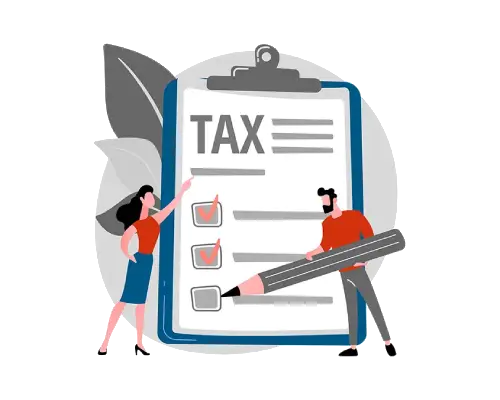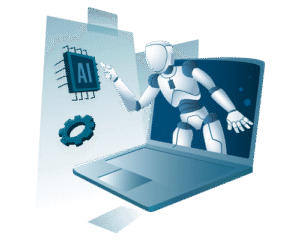Synopsis
Robotic Process Automation (RPA) is highly adopted by many business leaders for automation implementation due to its many benefits, such as quick implementation, execution, arrangement of voluminous data in a matter of time, and reducing overhead expenses for enterprises. The factor mainly driving the growth of the RPA market is the need to automate redundant tasks. Many corporate leaders are leveraging the benefits of RPA implementation in their processes, and the tax process is no exception. Tax automation helps tax leaders reduce costs and achieve greater efficiency and accuracy. It also removes bandwidth from your employees’ work, freeing them for value-added and strategic tasks. Contrarily, the manual tax process burdens your tax team with the mundane data-crunching tasks, risking your tax process with high error rates, increasing compliance risk, bringing inefficiency and inaccuracy, and adding to your turnaround time. Therefore, RPA in tax helps transform your tax process for the better today and tomorrow.
About the Client
Our client is the Micro-Finance Company in India, offering financial services to individuals and micro-finance customers—India’s unbanked masses. The client has PAN- India presence, offering banking services to children, youth, families, and entrepreneurs.
Key Issue
Our client’s main challenge was manually orchestrating Tax Declaration and Submission monthly. They have 150+ business units that need to process tax details by the 14th day of every month manually. However, manually processing taxes resulted in additional 4000 minutes of manual efforts for the client. Therefore, the client sought a solution to automate and streamline their tax process.
Our Solution
When the client realized the need for tax automation to streamline their tax process, they turned to RPATech, a one-stop RPA solution. RPATech used its in-house methodologies, D3OTM and AugurDTM, to analyze the client’s existing process and create workflow automation. After that, we configured an individualized RPA Bot on the UiPath, matching the customer’s unique business requirements. Next, we deployed the Bot into the client’s system, and the following were the actions performed by the Bot on the client’s machine.
- First, the Bot starts processing Tax Declaration data in Microsoft Dynamics NAV.
- Second, the Bot generates Tax Declaration in Microsoft Dynamics NAV.
- Third, the Bot downloads the generated Tax Declarations and saves them into a shared folder.
- Fourth, the Bot uploads all the Tax Declarations on the tax website, and upon each successful uploading, the Bot sends a notification in the same folder.
Automation Benefits
Tax Automation resulted in the following measurable outcomes:
- 100% time saved on manual processing.
- 100% reduction in errors.
- 75% reduction in average handling time.
- 100% achievement in regulatory compliance.
- 100% accuracy.




